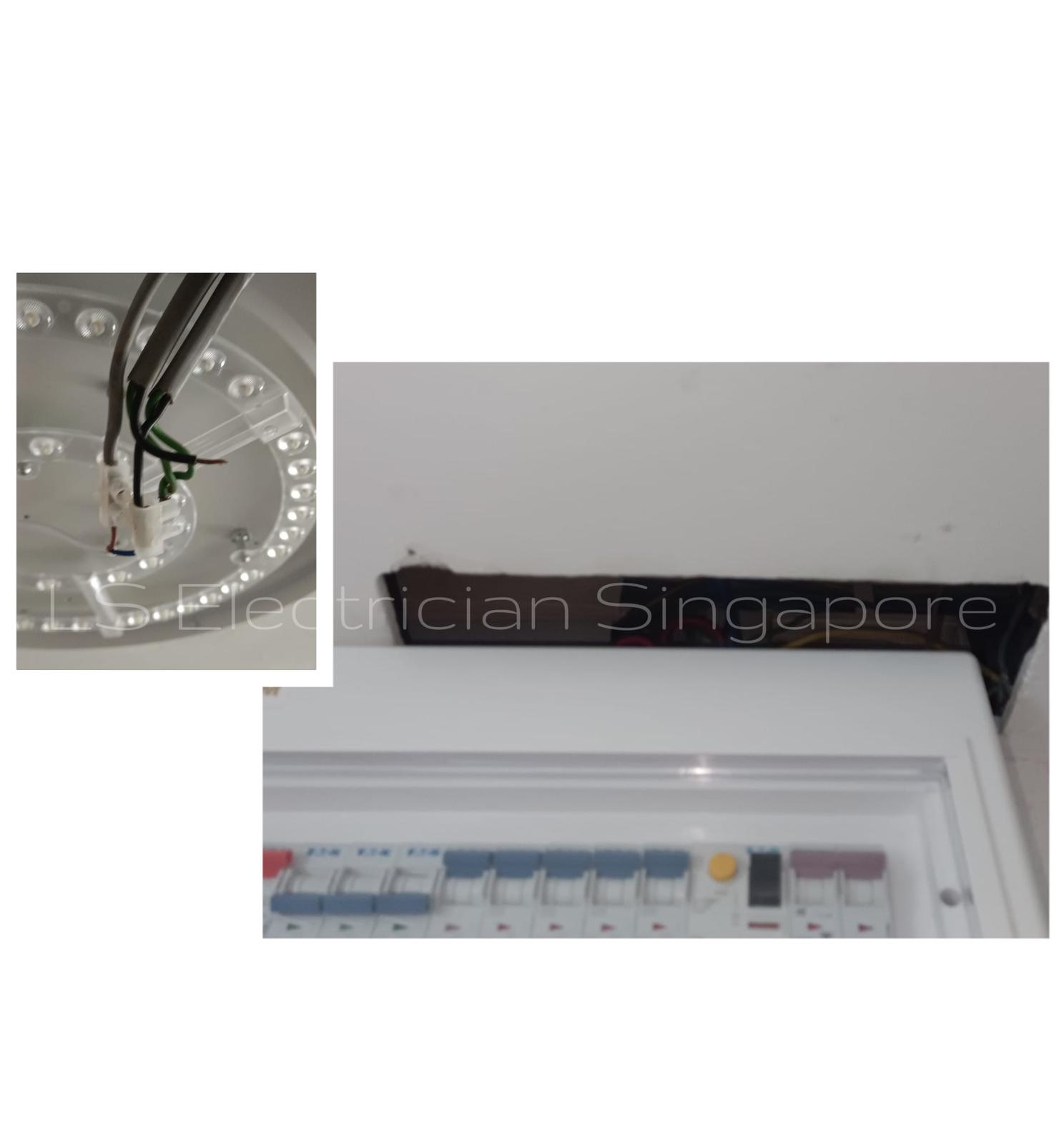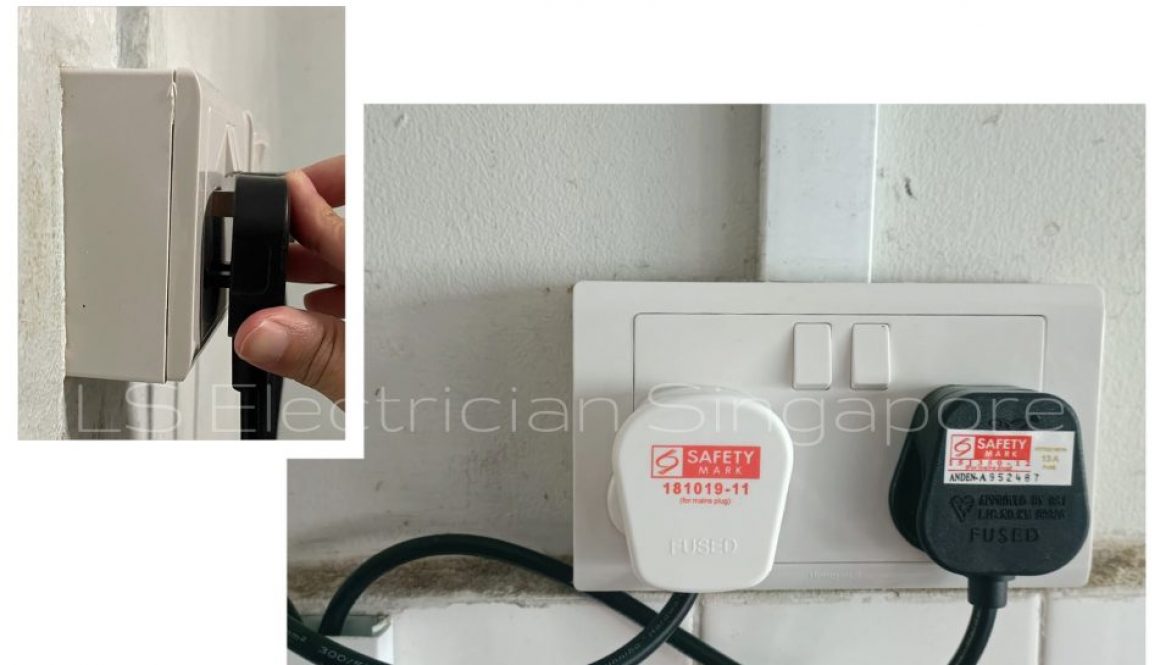Demystifying Common Electrical Myths: Separating Fact from Fiction
Demystifying Common Electrical Myths: Separating Fact from Fiction

In today’s world, electricity powers nearly every aspect of our lives, yet it remains shrouded in mystery and misconceptions for many. From old wives’ tales to urban legends, myths about electricity abound, leading to confusion and potential safety hazards. In this enlightening guide, we’ll debunk ten common electrical myths, providing clarity and understanding about how electricity works and how to stay safe around it. Let’s embark on a journey to separate fact from fiction and demystify the world of electricity.
1. **Myth: Leaving Electrical Appliances Plugged In Saves Energy:**
– Fact: While some appliances consume minimal standby power when plugged in, leaving them plugged in unnecessarily can still contribute to energy waste. Unplug appliances when not in use to conserve energy and reduce electricity bills.
2. **Myth: Rubber-soled Shoes Provide Protection Against Electric Shock:**
– Fact: Rubber-soled shoes do not provide sufficient insulation against electric shock. They can even increase the risk by trapping moisture, which conducts electricity. Proper safety measures, such as wearing insulated gloves and avoiding contact with live wires, are essential for protection.
3. **Myth: Power Outlets Can Only Shock You If They’re Faulty:**
– Fact: While faulty outlets pose a higher risk of electric shock, even properly functioning outlets can be dangerous if mishandled. Never insert metal objects into outlets or attempt DIY electrical work without proper training and equipment.
4. **Myth: It’s Safe to DIY Electrical Repairs Using Online Tutorials:**
– Fact: DIY electrical repairs can be extremely hazardous and may violate building codes. Online tutorials may not provide accurate information, leading to serious safety risks. Always hire a qualified electrician in Singapore for electrical repairs and installations.
5. **Myth: Turning Off the Light Switch Cuts Off Electricity Completely:**
– Fact: Light switches control the flow of electricity to light fixtures, but power may still be present in the wiring behind the switch. Exercise caution when replacing light fixtures or conducting repairs to avoid electric shock.
6. **Myth: You Can Smell or See Electricity:**
– Fact: Electricity itself is odorless and invisible. The smell of burning or ozone may indicate electrical problems such as overheating or arcing, which require immediate attention from a qualified electrician in Singapore.
7. **Myth: Extension Cords Are Safe for Long-term Use:**
– Fact: While extension cords are convenient for temporary use, they are not designed for long-term usage. Overloading extension cords or using damaged cords can lead to overheating and fire hazards. Install additional outlets or hire an electrician to address permanent power needs.
8. **Myth: A Surge Protector Guarantees Protection Against Lightning Strikes:**
– Fact: While surge protectors can mitigate damage from power surges caused by lightning strikes, they do not provide absolute protection. Unplug electronic devices during severe thunderstorms to prevent damage from lightning-induced surges.
9. **Myth: It’s Safe to Use Metal Ladders Near Power Lines:**
– Fact: Metal ladders conduct electricity and pose a significant risk of electrocution when used near power lines. Maintain a safe distance from power lines and use non-conductive ladders made of materials such as fiberglass.
10. **Myth: Turning Off Circuit Breakers Eliminates the Risk of Electric Shock:**
– Fact: Circuit breakers interrupt the flow of electricity in the event of an overload or short circuit, but residual voltage may still be present in the wiring. Always treat electrical components as if they were live and take appropriate precautions.
*Conclusion:*
In conclusion, debunking common electrical myths is essential for promoting safety and understanding in our homes and communities. By separating fact from fiction, we can make informed decisions about electrical usage and reduce the risk of accidents and injuries. Remember, when it comes to electricity, prioritizing safety is paramount. When in doubt, consult a qualified electrician in Singapore for guidance and assistance.
*FAQs:*
1. **Can I safely use multiple power strips plugged into each other?**
– No, daisy-chaining power strips can overload circuits and increase the risk of fire hazards. Use power strips as intended and avoid overloading outlets.
2. **Is it safe to touch someone who is being electrocuted?**
– No, never touch someone who is being electrocuted. Turn off the power source if possible or use a non-conductive object to separate the person from the electrical source. Seek immediate medical attention.
3. **Do smart plugs consume electricity when turned off?**
– Some smart plugs may consume minimal standby power even when turned off. Check the specifications of the smart plug and consider unplugging it when not in use to save energy.
4. **Can I safely use damaged electrical cords temporarily?**
– No, using damaged electrical cords poses a serious safety risk. Replace damaged cords immediately to prevent electric shock and fire hazards.
5. **Is it necessary to ground all electrical outlets in my home?**
– Yes, grounding outlets is essential for protecting against electrical faults and ensuring the safety of electrical devices and appliances. Consult a qualified electrician in Singapore to ensure proper grounding of outlets.
6. **Can I safely install ceiling fans or light fixtures without turning off the power?**
– No, always turn off the power at the circuit breaker before installing or working on electrical fixtures. Failure to do so can result in electric shock or other injuries.
7. **Do I need to unplug appliances during a power outage?**
– It’s advisable to unplug sensitive electronic devices and appliances during a power outage to protect them from power surges when the electricity is restored.
8. **Can I use space heaters safely indoors?**
– Space heaters should be used with caution indoors to prevent fire hazards and carbon monoxide poisoning. Follow manufacturer instructions, keep heaters away from flammable materials, and never leave them unattended.
9. **Are LED bulbs safer than incandescent bulbs?**
– LED bulbs generate less heat and are generally considered safer than incandescent bulbs. However, it’s essential to use LED bulbs that are compatible with your fixtures and to handle them carefully to avoid electrical hazards.
10. Can I safely use electrical appliances in the bathroom?
It’s not recommended to use electrical appliances in the bathroom unless they are specifically designed for such environments and have appropriate safety features, such as ground fault circuit interrupters (GFCIs). Using standard electrical appliances in the bathroom can pose a significant risk of electric shock.















